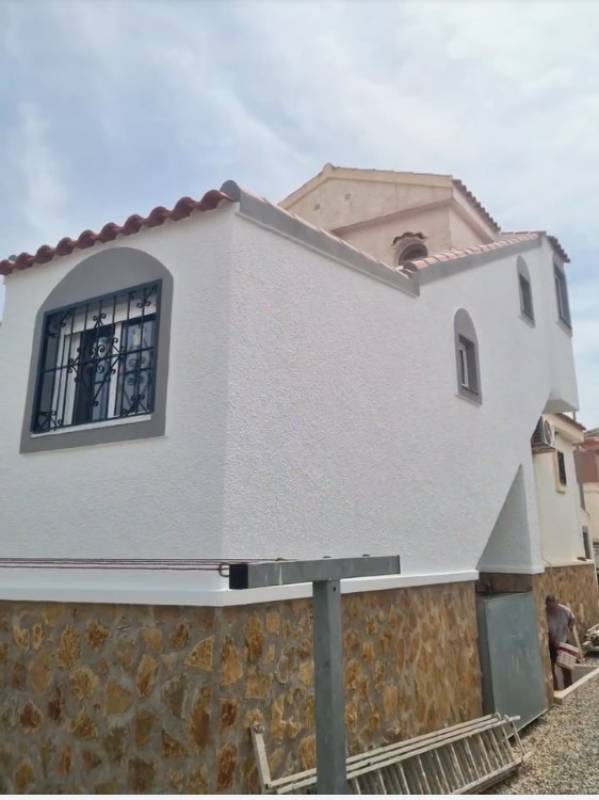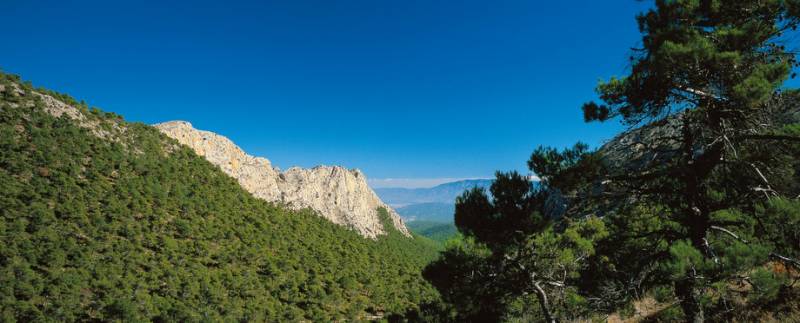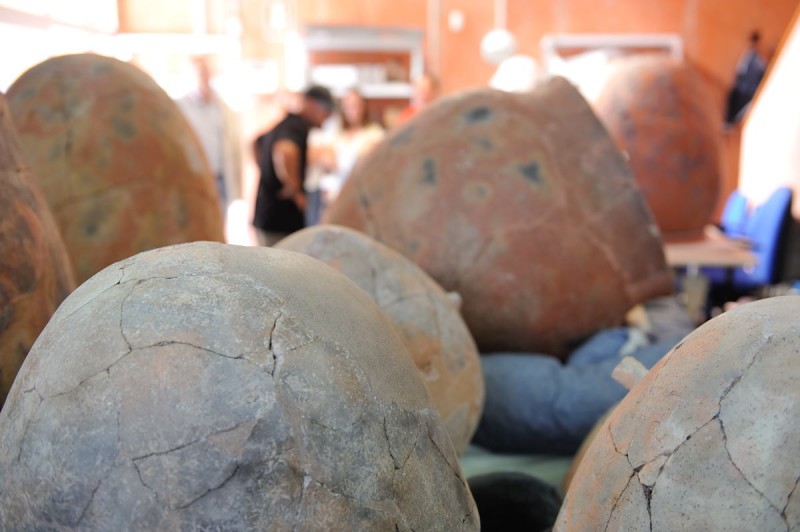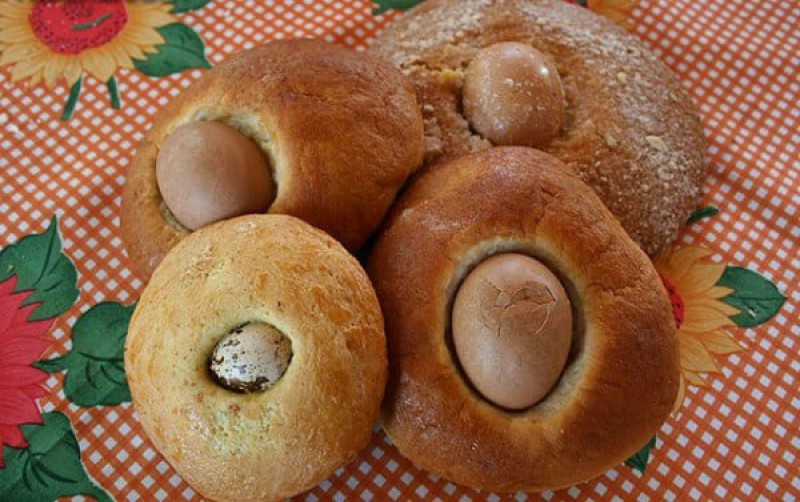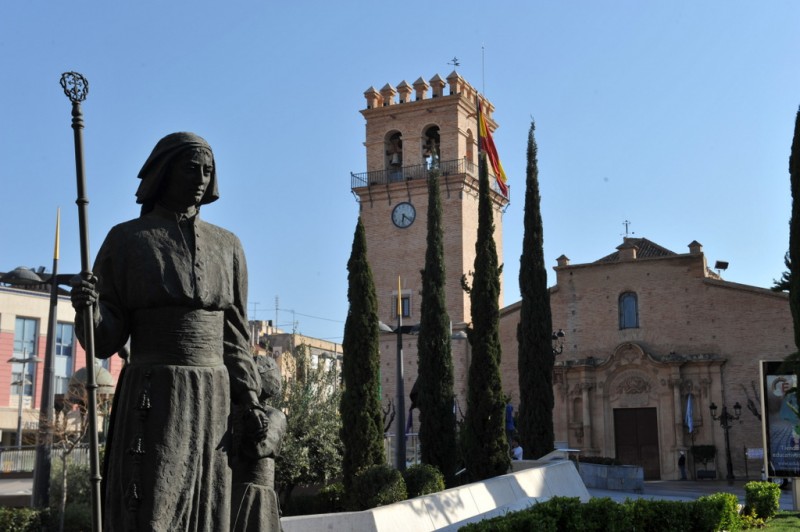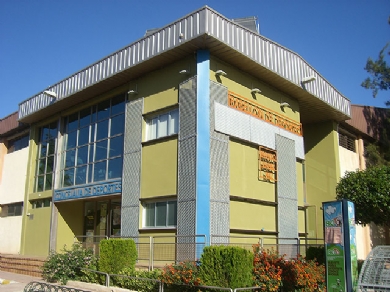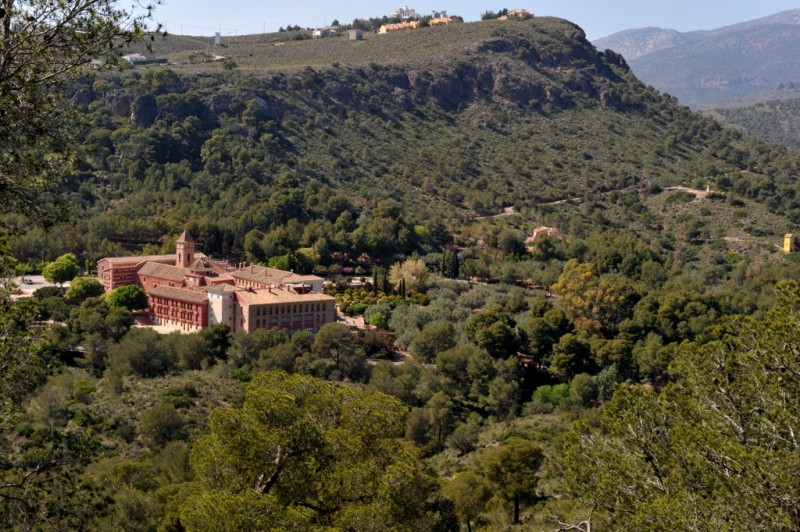-


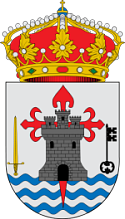
 Welcome To
Welcome To Totana
Totana


 Welcome To
Welcome To Totana
Totana


 Welcome To
Welcome To Totana
Totana article_detail
article_detail

 Welcome To
Welcome To Totana
Totana- Region
- Águilas
- Alhama de Murcia
- Jumilla
- Lorca
- Los Alcázares
- Mazarrón
- San Javier
-
ALL AREAS & TOWNS
- AREAS
- SOUTH WEST
- MAR MENOR
- MURCIA CITY & CENTRAL
- NORTH & NORTH WEST
- TOWNS
- Abanilla
- Abarán
- Aguilas
- Alamillo
- Alcantarilla
- Aledo
- Alhama de Murcia
- Archena
- Balsicas
- Blanca
- Bolnuevo
- Bullas
- Cañadas del Romero
- Cabo de Palos
- Calasparra
- Camping Bolnuevo
- Campo De Ricote
- Camposol
- Canada De La Lena
- Caravaca de la Cruz
- Cartagena
- Cehegin
- Ceuti
- Cieza
- Condado de Alhama
- Corvera
- Costa Cálida
- Cuevas De Almanzora
- Cuevas de Reyllo
- El Carmoli
- El Mojon
- El Molino (Puerto Lumbreras)
- El Pareton / Cantareros
- El Raso
- El Valle Golf Resort
- Fortuna
- Fuente Alamo
- Hacienda del Alamo Golf Resort
- Hacienda Riquelme Golf Resort
- Isla Plana
- Islas Menores & Mar de Cristal
- Jumilla
- La Azohia
- La Charca
- La Manga Club
- La Manga del Mar Menor
- La Pinilla
- La Puebla
- La Torre
- La Torre Golf Resort
- La Unión
- Las Palas
- Las Ramblas
- Las Ramblas Golf
- Las Torres de Cotillas
- Leiva
- Librilla
- Lo Pagan
- Lo Santiago
- Lorca
- Lorquí
- Los Alcázares
- Los Balcones
- Los Belones
- Los Canovas
- Los Nietos
- Los Perez (Tallante)
- Los Urrutias
- Los Ventorrillos
- Mar De Cristal
- Mar Menor
- Mar Menor Golf Resort
- Mazarrón
- Mazarrón Country Club
- Molina de Segura
- Moratalla
- Mula
- Murcia City
- Murcia Property
- Pareton
- Peraleja Golf Resort
- Perin
- Pilar de la Horadada
- Pinar de Campoverde
- Pinoso
- Playa Honda
- Playa Honda / Playa Paraíso
- Pliego
- Portmán
- Pozo Estrecho
- Puerto de Mazarrón
- Puerto Lumbreras
- Puntas De Calnegre
- Region of Murcia
- Ricote
- Roda Golf Resort
- Roldan
- Roldan and Lo Ferro
- San Javier
- San Pedro del Pinatar
- Santiago de la Ribera
- Sierra Espuña
- Sucina
- Tallante
- Terrazas de la Torre Golf Resort
- Torre Pacheco
- Totana
- What's On Weekly Bulletin
- Yecla


- EDITIONS:
 Spanish News Today
Spanish News Today
 Alicante Today
Alicante Today
 Andalucia Today
Andalucia Today
article_detailAnnual fiestas in Totana
Local fiestas, fiestas patronales, Romería, Carnival and Auto de Los Reyes Magos in Totana
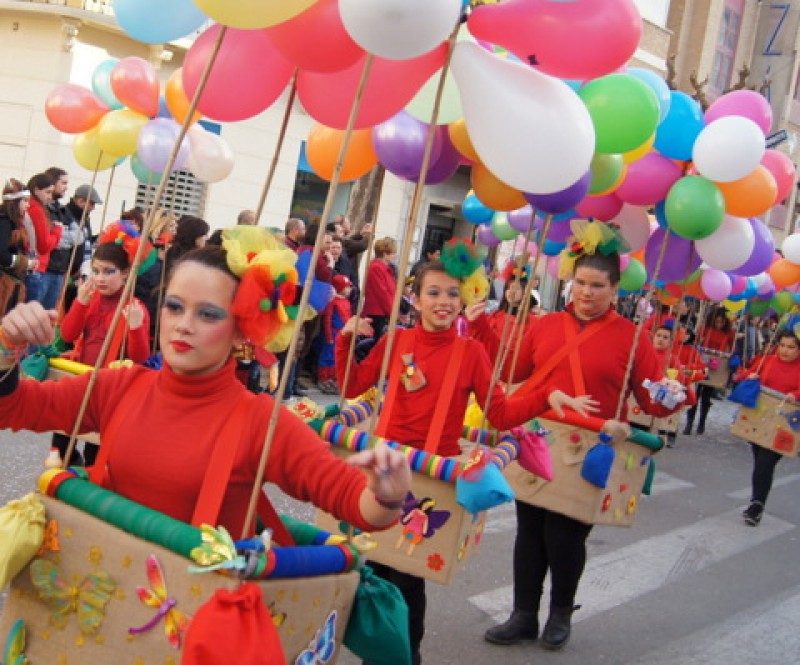
The town and people of Totana are proud of their identity, and nowhere is this made clearer than in the traditions which are perpetuated through the annual fiestas which are held both in the town itself and in the outlying rural districts.
One of the peculiarities of the annual fiestas calendar is that the events dedicated to the cult of Santa Eulalia take place in December and January, making it easier to start the list of fiestas before the start of the year!
Main fiestas in the town of Totana
8th December, the first part of the Romería de Santa Eulalia
The day starts early in the morning up at the sanctuary of Santa Eulalia in the foothills of Sierra Espuña with hot chocolate for everyone, followed by Mass, before the image of the Virgin is carried down the winding mountain road to the area known as El Rulo, which is alongside the main roundabout at the entrance to the town. This is at around midday, by which time the Saint is accompanied by thousands of people, with musical groups, fireworks and general festivities.
From here she is carried to the Ermita de San Roque, before continuing to the parish church of Santiago the following day.
7th January, the second part of the Romería de Santa Eulalia
The second stage of the Romeria of Santa Eulalia in Totana takes place on 7th January as the figure of the Saint returns to her sanctuary in the foothills of Sierra Espuña, having spent her feast day (on 10th December) and Christmas in Totana.
The Romería leaves from the Plaza de la Constitucion after Mass, and thousands of people accompany the Virgin seven kilometres up the hill to the sanctuary with their journey enlivened by the Cuadrillas performing en route. The whole event has a festive, happy atmosphere, and regular stops enable those carrying the heavy throne to pause for the refreshments offered freely by neighbours.
Many participants take a picnic, flasks of sweet wine or mistela, which is a lemon and aniseed drink packing quite a powerful punch, and sweet cakes to enjoy while walking at a leisurely pace.
Once the Saint reaches the sanctuary, a short musical mass takes place - thoroughly enjoyable even for those who don’t understand a word of the service! - following which the residents disperse into the surrounding woodland to enjoy family meals, many holding barbecues, paellas or serving traditional local dishes.
By midday, the Virgin has reached her sanctuary and the road re-opens, so coaches start ferrying others up the hill to join in the revelry and bringing back down who’ve done enough walking for one day. The coaches continue until it gets dark.
Carnival
After many years of neglect the celebration of Carnival has been resurrected in Totana in recent years, and parades help to warm the spirit as Lent begins. Totana has several highly regarded peñas who travel to other Carnival events, gaining recognition for their choreography and costumes.The most important event is the grand parade on the Saturday which precedes Ash Wednesday, and there is also a children’s parade as well as several other events, making Carnival (Carnaval in Spanish), a riotous week in the municipality.
Semana Santa (Easter Week)
The Holy Week celebrations in Totana are especially well known, and are amongst the most important of the Region of Murcia. The processions date back to the 18th century, and nowadays feature 16 different Cofradías displaying nearly 30 splendid images and tableaux, with the old, winding streets of the town providing a perfect backdrop.
More than 3,000 guild members don the Nazarene tunic for the processions, 390 of them being the "ladies of Nuestra Señora de la Esperanza", who wear the "mantilla" (the traditional lace headdress), rosary beads and the devotional scapular, and carry walking staffs in their silent procession on the Wednesday of Easter Week.
Most of the guilds were formed during the 19th century, but in the 1930s the Civil War devastated the sculptures and tableaux in Totana. The regeneration of the Semana Santa celebrations after the War included the foundation of four new guilds, who helped to regain the splendor of the old traditions with new icons.
The most renowned processions are those on Easter Wednesday, Thursday, Friday and Sunday, with the most tableaux being paraded on the Thursday and Friday. The most famous artists featured are Francisco Salzillo, Lozano Roca, Carrillo, Antonio Ruiz and Sánchez Araciel.
One of the peculiarities of Semana Santa in Totana is the presence of the "Armaos". These are Roman soldiers, whose participation is always warmly applauded by the assembled crowds. This group dates back to the 18th century, when eighteen men from the most important families in the town dressed as Romans to carry the images of Nuestro Padre Jesús and the Holy Sepulchre in the Good Friday evening procession.
Another important aspect of Totanas processions is the "Bocina" (siren) or "Dragón", which makes the sound of a sad wail during the parades.
On the Thursday and Friday the uniform of a black Nazarene tunic is de rigeur in Totana, and for locals it is equally important to sample typical local dishes such as pipirrana (a salad relying heavily on onions and peppers), paparajotes (lemon leaves fried in sugared batter), empanadillas (pasties) and many more.
On Good Friday the traditional meal is “arroz viudo” (vegetable paella) before the evening procession, and Semana Santa in Totana ends with the joyful procession of Jesús Resucitado on Easter morning.
25th April: San Marcos
A date on which the tradition in Totana is to enjoy a picnic with friends and family in the country, the key ingredient being the "garabazo": this is known elsewhere as the “mona de pascua”, and is a bun containing a hard-boiled egg still in its shell in the centre.
On the same date there are local fiestas in the Tirol-Camilleri district of the town.
15th to 16th August: fiestas de San Roque
These fiestas are held in the district of Totana which bears the name of the Saint, and culminate in a procession of his statue through the streets. The celebrations also include evenings of music and plenty to eat and drink!
23rd June: the night of San Juan
This ancient midsummer festival is observed in many different ways all over Spain, and in Totana, as is the case elsewhere in the Region of Murcia, the tradition is for midnight bonfires and a convivial gathering of family and friends.
July: the Fiestas de Santiago
The fiestas in honour of Santiago, the patron saint of Totana, are held in the second fortnight of July and begin with the national “habaneras” song festival, the only one of its kind in the Region of Murcia. The event takes place during the last weekend before the feast day of Santiago on 25th July.
This is followed by a week of open-air dances, concerts and other events in the warm July evenings, and a Semana de Teatro featuring various theatrical performances.
Christmas and the Three Kings
During the festive season the "Cuadrillas de Pascua" roam the streets of Totana singing for their "aguinaldo" Christmas donations, and the highlight of the festivities for many is the Three Kings Parade (Cablagata) on the night of 5th January.
On Three Kings Day, 6th January, the traditional "Auto de los Reyes Magos" play is performed in the outlying district of El Paretón, using a text which is based on a manuscript by Fernández y Ávila from the year 1774.
Christmas in Totana also features the annual artisans’ and pottery fair in the Plaza de la Balsa Vieja, alongside the Town Hall nativity scene.
Annual fiestas in outlying districts
La Sierra: San José (19th March) and Santa Leocadia (last week of September)
The fiestas in honour of Santa Leocadia in the Sierra district of Totana include the procession of the image of the saint and various activities for members of the local community. For many the highlight is the barbecue-style meal which takes place on the Sunday morning, before the procession, and in which many of the meat products are those which are typical of this mountainous area.
As for the fiestas in honour of San José at the small country church of Las Alquerías, these have fallen into abeyance in recent years, but there are attempts to revive the tradition.
Lebor: San Pedro Apóstol (29th June)
The fiestas here include an unusual culinary competition in which participants cook fried eggs with sardines (ingredients supplied by the fiestas committee), as well as theatrical performances, a dinner-dance, a paella competition and a procession of the figure of San Pedro followed by Holy Mass.
El Raiguero: Canto de Parena (1st to 6th January), Canto de Pascua (16th January), Santiago Apóstol and Santa Ana (25th to 27th July), Santo Domingo (2nd to 8th August)
The July fiestas include numerous fun races and competitions, a migas-cooking contest and, in recent years, a thoroughbred horse show, as well as the typical open-air dinner-dances, while not long afterwards the fiestas in honour of Santo Domingo de Guzmán include a similar variety of activities.
But the best known festivities in El Raiguero are the “Cantos de animas” during the Christmas period and shortly afterwards. On 16th January in Raiguero Bajo the singing starts after Mass and lasts until a late and long lunchtime, and in the evening the celebrations continue with the "baile de pujas", in which dance partners are auctioned off to raise money for the local church.
It is believed that these curious fiestas owe much to the influence of parts of Andalucía: when workers at the mines of La Unión travelled every year to and from Murcia they stopped at off at three inns on the Camino Real route in Totana, coinciding with the “ánimas” events.
El Paretón - Cantareros: Virgen del Carmen (16th July), Virgen de la Asunción (15th August)
The first of these two celebrations is held in Las Lomas before the feast day of the Virgen del Carmen, and features the typical religious celebrations and evening dinner-dances. The second, in Cantareros, is in honour of the Virgen de la Asunción, to whom the local church has been dedicated since 1728, and a small fair is set up in the village for the duration.
In El Paretón Three Kings Day is marked by the performance of a traditional "Auto de los Reyes Magos", using a text which is based on a manuscript by Fernández y Ávila from the year 1774.
La Huerta: Virgen de las Huertas (first week of September)
The procession of the figure of the Virgen de la Huerta is the main traditional element of these festivities, and is normally attended not only by the locals but also by many of those who live in the town of Totana itself. The day ends with a well-attended evening of music, food and general conviviality.
Viñas: Virgen de las Viñas (last week of August)
These fiestas are centered around the small church which is dedicated to the Virgen de las Viñas, and include an open-air evening of music and plenty of food, a sack race and the procession of the figure of the Virgin in the beautiful mountain setting.
In addition, the Christmas celebrations are worth a mention: on the first Sunday after Christmas itself there is a communal meal consisting of “migas” with wine, grapes and oranges for all those attending, and musical entertainment provided by the "cuadrilla de pascua" and plenty of fun and games.
La Ñorica: 8th to 10th August
Fiestas in the urban districts of the town of Totana
27th to 29th June (San Pedro): fiestas in the district of Las Peras, Bosque and La Estación.
July (Santa Isabel de Hungría): fiestas in the Era Alta district of the town.
September: fiestas in honour of San José de la Huerta in the San José district of the town.
October: fiestas in honour of San Francisco in the district of the town which bears his name.
Click for more information about the Totana municipality
:
article_detail
article_detailContact Murcia Today: Editorial 000 000 000 / Office 000 000 000

To be listed on the CAMPOSOL TODAY MAP please call +34 .

To be listed on the CONDADO TODAY MAP please call +34 .

Guidelines for submitting articles to Camposol Today
Hello, and thank you for choosing CamposolToday.com to publicise your organisation’s info or event.
Camposol Today is a website set up by Murcia Today specifically for residents of the urbanisation in Southwest Murcia, providing news and information on what’s happening in the local area, which is the largest English-speaking expat area in the Region of Murcia.
When submitting text to be included on Camposol Today, please abide by the following guidelines so we can upload your article as swiftly as possible:
Send an email to editor@camposoltoday.com or contact@murciatoday.com
Attach the information in a Word Document or Google Doc
Include all relevant points, including:
Who is the organisation running the event?
Where is it happening?
When?
How much does it cost?
Is it necessary to book beforehand, or can people just show up on the day?
…but try not to exceed 300 words
Also attach a photo to illustrate your article, no more than 100kb



